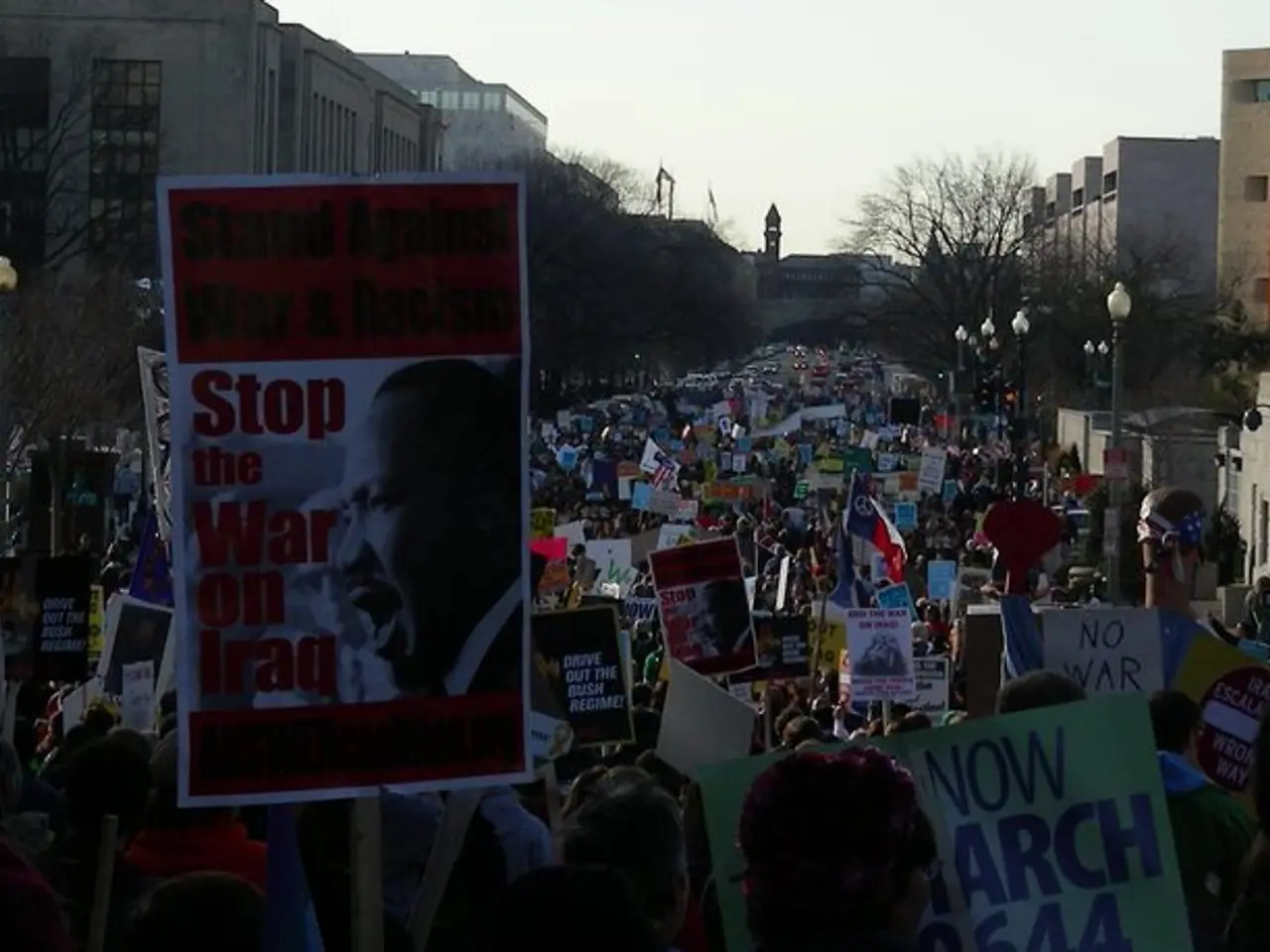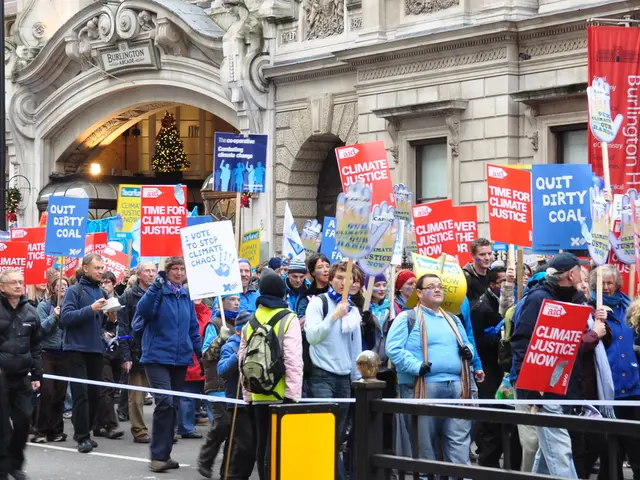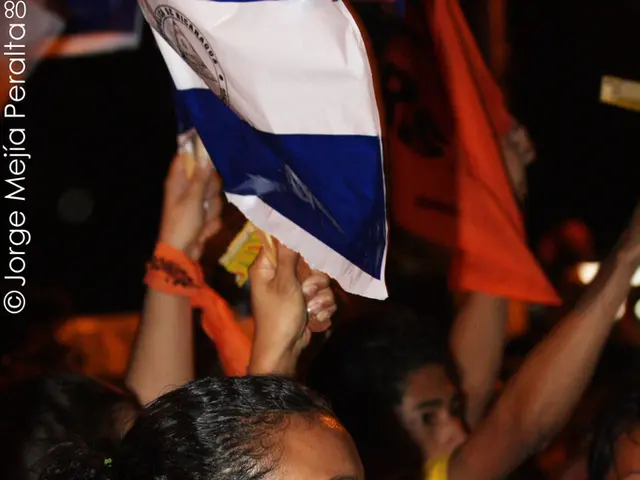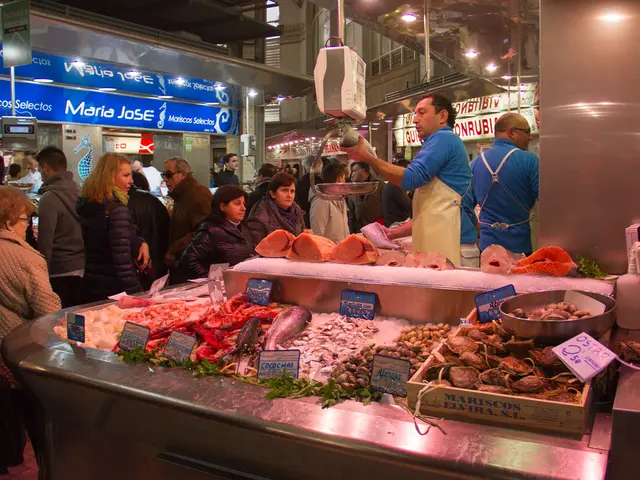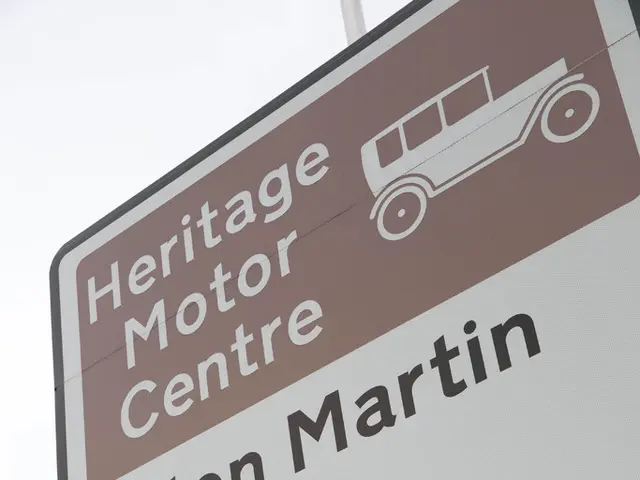Political tensions heat up in Serbia: Vucic navigating crisis resolution and election preparations
In the heart of southeastern Europe, Serbia finds itself in a tumultuous period, with ongoing demonstrations and escalating tension between the government and the opposition. The unrest began as a peaceful vigil last November, but has since evolved into a broader protest movement, primarily driven by students, who accuse the government of corruption and lack of transparency.
The opposition media has reported instances of thugs affiliated with the ruling Serbian Progressive Party (SNS) attacking demonstrators, while the police seem to do little to intervene. This has led to growing reports of excessive force used by security forces against protestors. The case of student Nikolina Sindjelic, who alleged police brutality and even rape threats after her arrest, has received particular attention.
In response to the escalating situation, Serbian President Aleksandar Vučić proposed early elections, a move that was met with mixed reactions. While the protesting students believe that a debate could only be meaningful within the framework of an election campaign and for that, early elections would be necessary, the government is resisting this demand, with regular parliamentary elections scheduled for December 2027.
The EU has held back on criticism, with EU Commissioner for Enlargement, Marta Kos, merely expressing "deep concern" about the violence during the last protests. Observers believe that if sufficient pressure is exerted, elections could take place as early as the end of this year.
President Vučić has attempted to counter the protests by announcing a reduction in food prices through legal requirements for supermarket chains to lower their profit margins and ease the burden on consumers. He has also announced an early increase in the minimum wage from October 1st and a 12 percent increase in pensions by the end of the year.
However, these measures seem to have little impact on the momentum of the protests, with the government remaining a target of growing discontent over violence, corruption, and abuse of power. The protest movement could beat President Vučić to it, with new strikes at high schools, supported by protesting students, already announced, and new mass protests not ruled out.
In a bid to maintain international connections, President Vučić traveled to Beijing to attend the celebrations marking the 80th anniversary of the victory in the Chinese resistance war against Japan. Meetings with Xi Jinping and Vladimir Putin are likely to provide politically effective images.
Despite the ongoing unrest, Belgrade has managed to secure a renewed delay of US sanctions against the Serbian oil industry NIS. The election campaign, though unofficial, has effectively begun, with Vučić relying on social gifts, international symbol politics, and the mobilization of his supporters, while the opposing side is banking on the momentum of the streets and the growing discontent.
As the situation in Serbia continues to evolve, the future remains uncertain. The people of Serbia wait with bated breath, watching as their country navigates through these challenging times.
Read also:
- ICE directed to enhance detention conditions following NYC immigrants' allegations of maltreatment
- Israeli finance minister issues warnings about potential annexation of West Bank territories
- United States faces rebuttal from South Africa over allegedly deceitful human rights report and assertions of land expropriation
- Accident at Rodalben Results in Injuries; Geoskop Area near Kusel Affected After Stormy Weather
